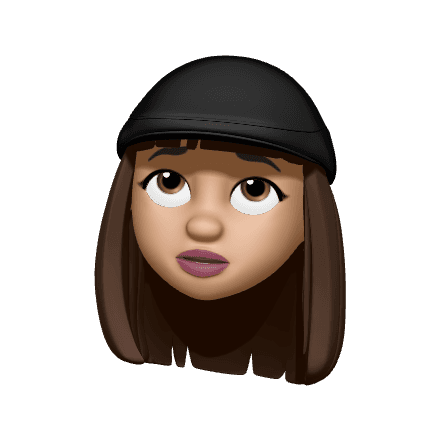MUNDI
The Book & Quote initiative seeks to revolutionize how freight forwarders book and provide quotes for their services in the future. Currently, digital cargo agents are available, delivering the same services as their traditional counterparts but in a fully digital format. We aim to enhance this paradigm by introducing digital tools that streamline the interaction between freight forwarders and their clientele. While competitors like CargoVista offer comparable digital solutions, they come with a monthly fee averaging around $500. In contrast, our proposition is to provide our digital tool at no cost, leveraging the customer base of freight forwarders.
Asigned role
Sr. Product Designer
Team
2 UX Designers + 1 UX Content
1 Product Manager
1 Technical Leader + 2 Developers
Timeline
Jan. 2023 - 4 weeks
Tools
Let's star the journey with some information
Freight industry
The booking process is the lifeblood of the freight industry, securing space on ships, planes, and trucks to keep goods moving. However, this process is often complex and riddled with friction, hindering efficiency and service quality. This complexity can lead to delays, errors, and frustrated customers. By streamlining the booking process, we can unlock significant benefits for both carriers and shippers.
Uncover booking pain points
Through low-fidelity sketches, we analyze the freight agent booking process to identify potential friction points that could hinder efficiency.
Collaboration with freight forwarders
Through collaboration with freight forwarders, we gained a deep understanding of the booking and quoting process for goods transportation. We explored various transport types, rates, shipping timelines, and relevant regulations. We also learned about factors impacting costs (location, cargo type, special needs).
Benchmarking
Customer Dashboard (Desktop)
Interdisciplinary Collaboration
Information Architecture
Product Strategy
Prototyping Tools
Team talk (Presentation)
Usability Testing
User Flow Design
User Research
Visual Design Principles
Wireframing
First sketches
Once we had a structured outline of the process we needed to follow, we began to graphically depict the idea through some low-definition sketches. These sketches allowed us to better visualize the idea and start giving concrete form to the project. Through them, we were able to identify the key elements we needed to include and what information was necessary for the process to be easy to understand for our clients.
This way, we were able to advance in the definition of the interface and the visual components we would use in the platform and, at the same time, encourage smoother work with our team of developers.
The agent will have a dashboard where they can view the status of each of the new requests made by their clients.
They will be able to view all the information related to the quotation they need to make and thus be able to search for different alternatives for their client.
After consulting with different suppliers, the agent will be able to create the quotation within the same platform and send it to their client. This way, they will have a record of all the quotations made.
Follow-up
After the initial sketches and interviews with clients, the project was handed over to another designer and content creator. I provided them with support for a few weeks so that they could onboard properly to the product and have all the information collected in the previous weeks.

Final thoughts
I am immensely grateful to Diana Iturriza and Liz Guzmán for their valuable work and dedication in continuing with the initial sketches of this exciting new product.
The transition from one designer to another can be challenging, but thanks to their commitment and teamwork, the process has been smooth and successful. They have shown excellent adaptability and have managed to maintain the essence and intention of the initial sketches while bringing their own style and creativity to the project.
Product Strategy








